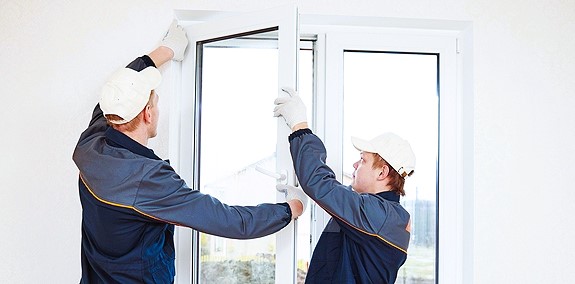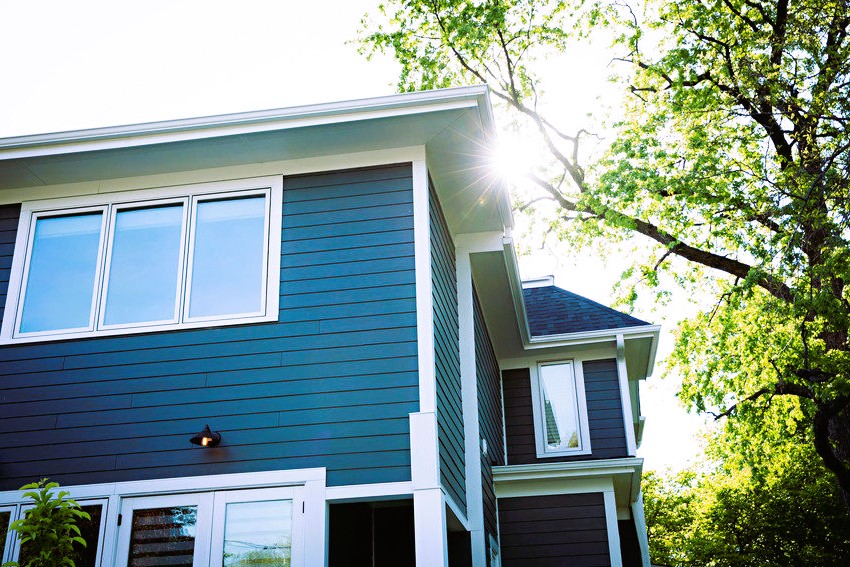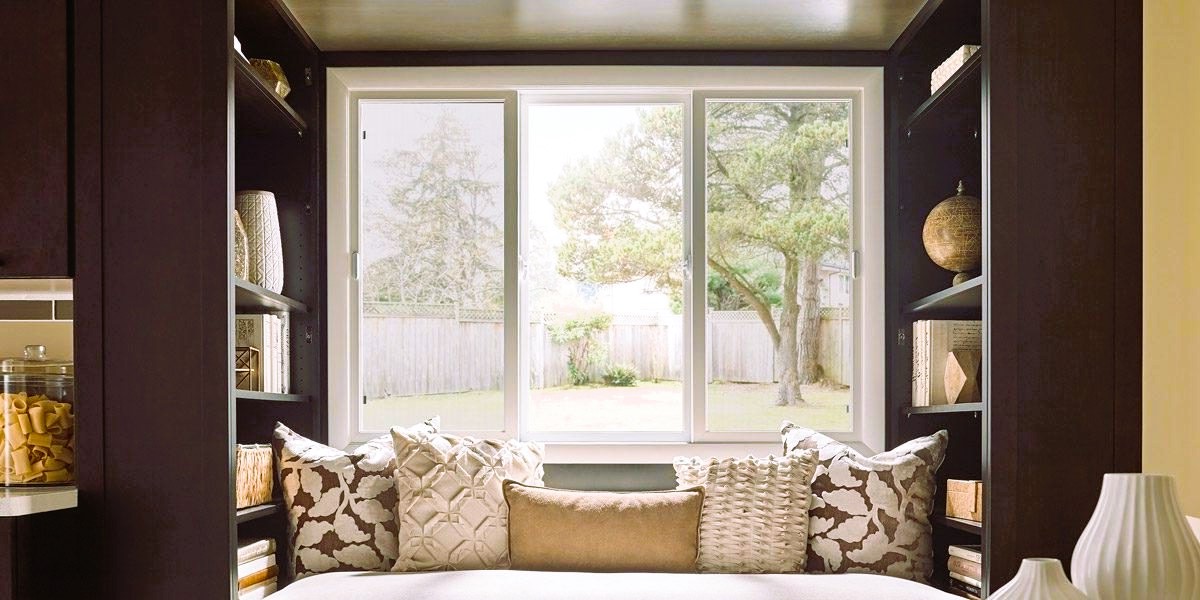Installing new windows in your home is an exciting project that can enhance both its appearance and energy efficiency. However, to ensure a smooth and successful window installation process, adequate preparation is essential. In this comprehensive guide, we will walk you through the necessary steps to prepare your home for window installation.
1. Determine Your Window Needs
Before you start preparing for window installation, it’s crucial to determine your specific needs. Ask yourself questions such as:
- Why are you replacing the windows? Is it for improved energy efficiency, better aesthetics, or to address structural issues?
- What style and type of windows do you want? Consider factors like the window material, style, and energy efficiency ratings.
- How many windows need to be replaced? Create a detailed list of all the windows that will be part of the installation project.
Having a clear understanding of your goals will help you make informed decisions throughout the process.
2. Budget and Research

Once you have identified your window needs, set a budget for the project. Research different window options, materials, and brands to get an idea of the costs involved. Remember to consider long-term savings from energy-efficient windows.
3. Choose a Reputable Window Installer
Selecting the right window installer is crucial for a successful installation. Look for reputable companies with a track record of quality work. Ask for recommendations from friends and family or read online reviews.
4. Inspect Your Existing Windows
Before your new windows arrive, thoroughly inspect your existing windows. Note any damage or issues that need to be addressed before installation. This may include repairing rot or addressing water damage.
5. Clear the Work Area
Clear the area around each window to provide a safe and accessible workspace for the installers. Move furniture, curtains, blinds, and any obstructions. The easier it is for the installers to access the windows, the smoother the installation process will be.
6. Protect Your Belongings
Dust and debris can be generated during window installation. Protect your belongings by covering furniture and floors with drop cloths or plastic sheets. This precaution will help minimize cleanup efforts after the installation is complete. Choosing the right window frame material, read more in the article wood vs vinyl.
7. Remove Window Treatments
Take down curtains, blinds, shades, or any other window treatments that are currently in place. Removing these items ensures they won’t get damaged during the installation process.
8. Clear Exterior Access
If the windows being replaced are on upper floors, ensure that there is clear exterior access for the installers. Trim back any overhanging branches or bushes that may obstruct the work area.
9. Notify Your Household
Inform your household members about the installation schedule and any disruptions they can expect. It’s essential for everyone’s safety to be aware of the work in progress.
10. Arrange for Disposal
Discuss with the window installer how the old windows will be disposed of. Some installers offer disposal services, while others may require you to arrange disposal separately.
11. Consider Temporary Window Coverings
While your new windows are being installed, you may want to consider temporary window coverings such as cardboard or plywood to maintain privacy and prevent drafts. Discuss this with your installer to ensure a seamless transition.
12. Plan for Bad Weather

Weather can be unpredictable. If the installation is scheduled during a rainy or cold season, have a plan in place to protect your home from the elements during the installation process.
13. Permits and Regulations
Check with your local building department to determine if you need any permits for the window installation. Ensure that your project complies with local building codes and regulations.
14. Stay Informed
Stay in regular communication with your chosen window installer. Confirm installation dates, delivery times, and any other details to prevent misunderstandings.
15. Prepare for a Post-Installation Inspection
After the window installation is complete, conduct a thorough inspection with the installer to ensure that all work meets your expectations. Address any concerns promptly.
By following these steps and adequately preparing your home for window installation, you can help ensure a seamless and successful project. A well-planned installation process will not only improve the energy efficiency and aesthetics of your home but also contribute to your overall comfort and well-being.
For more information on window installation standards and best practices, visit Canada.ca.




